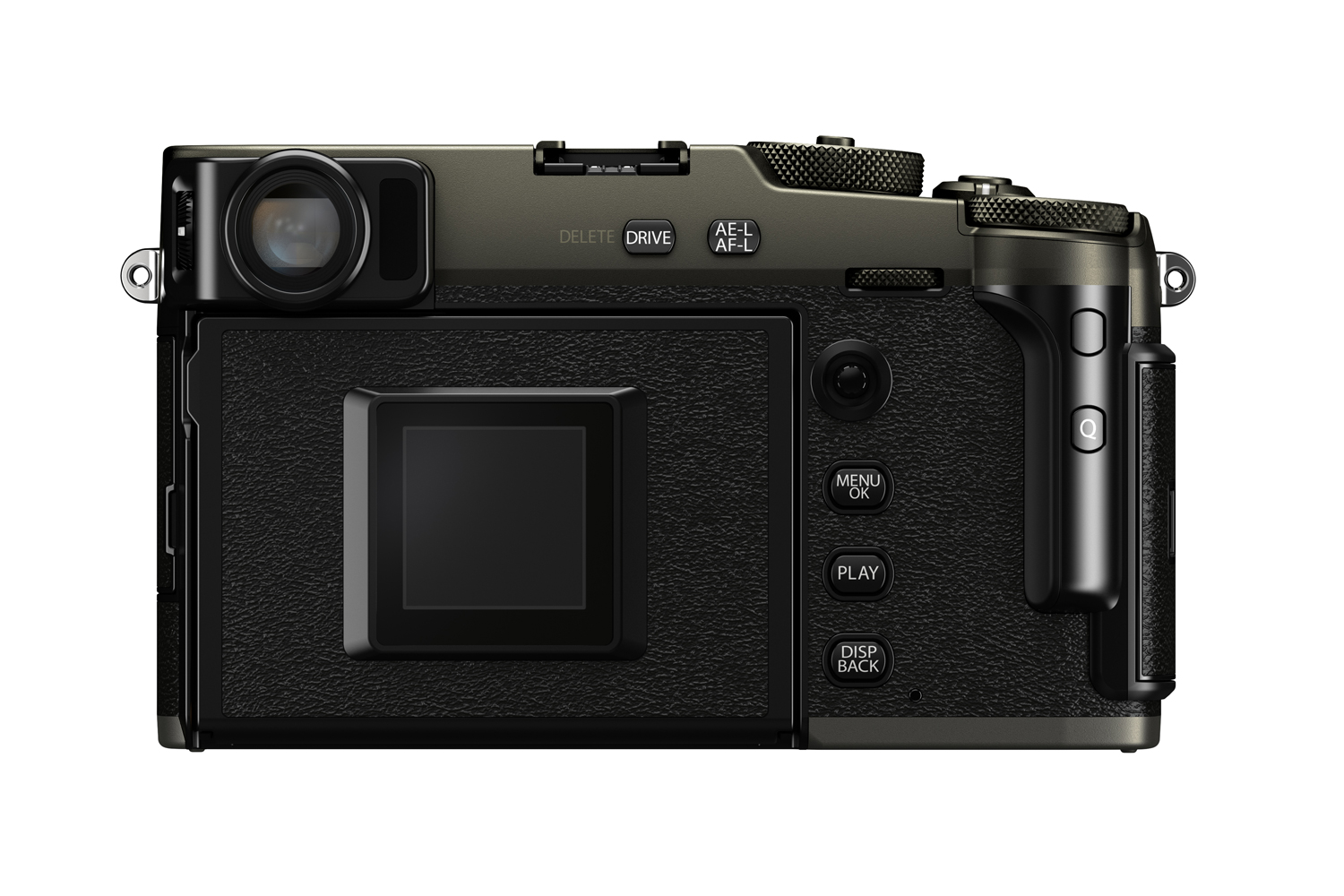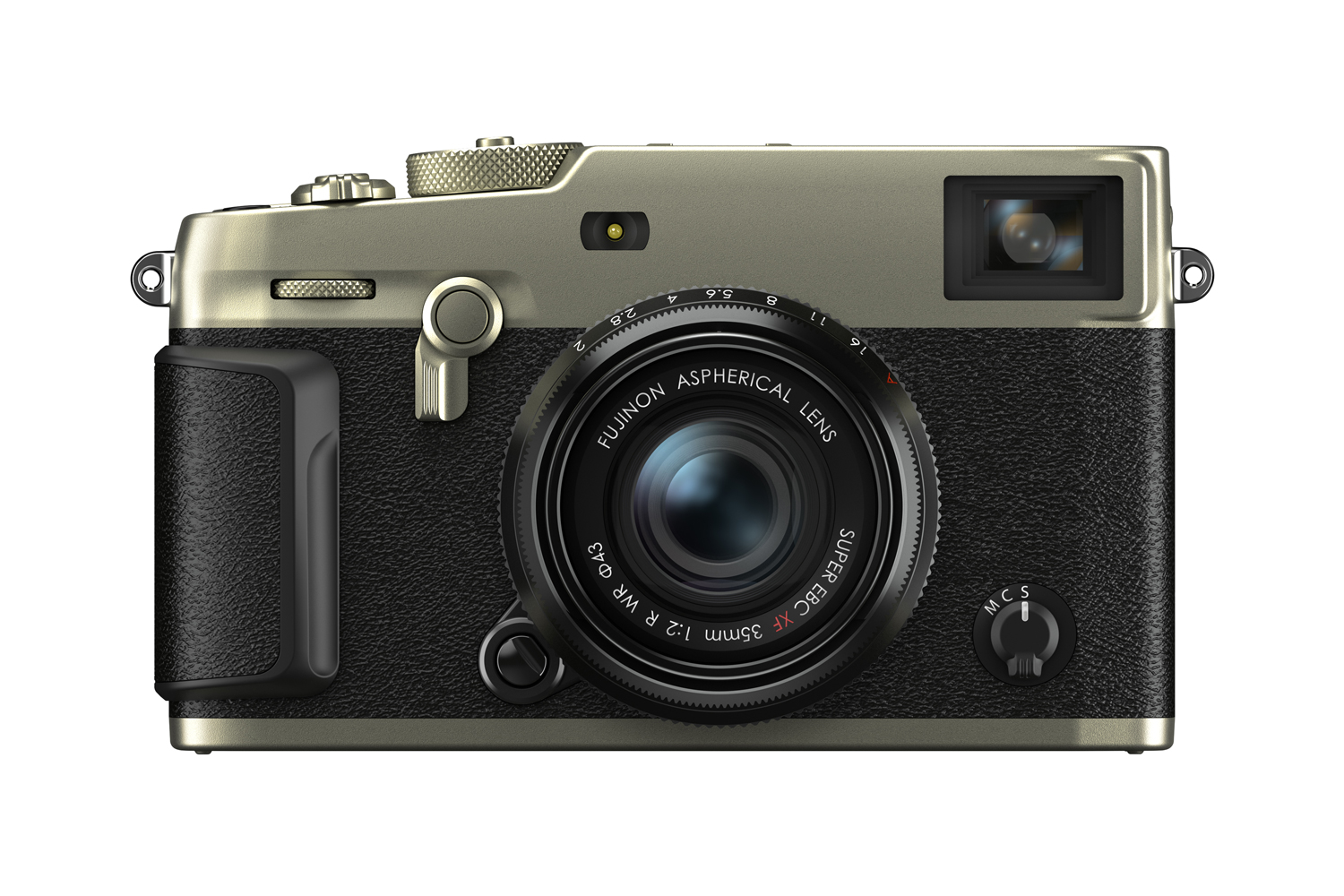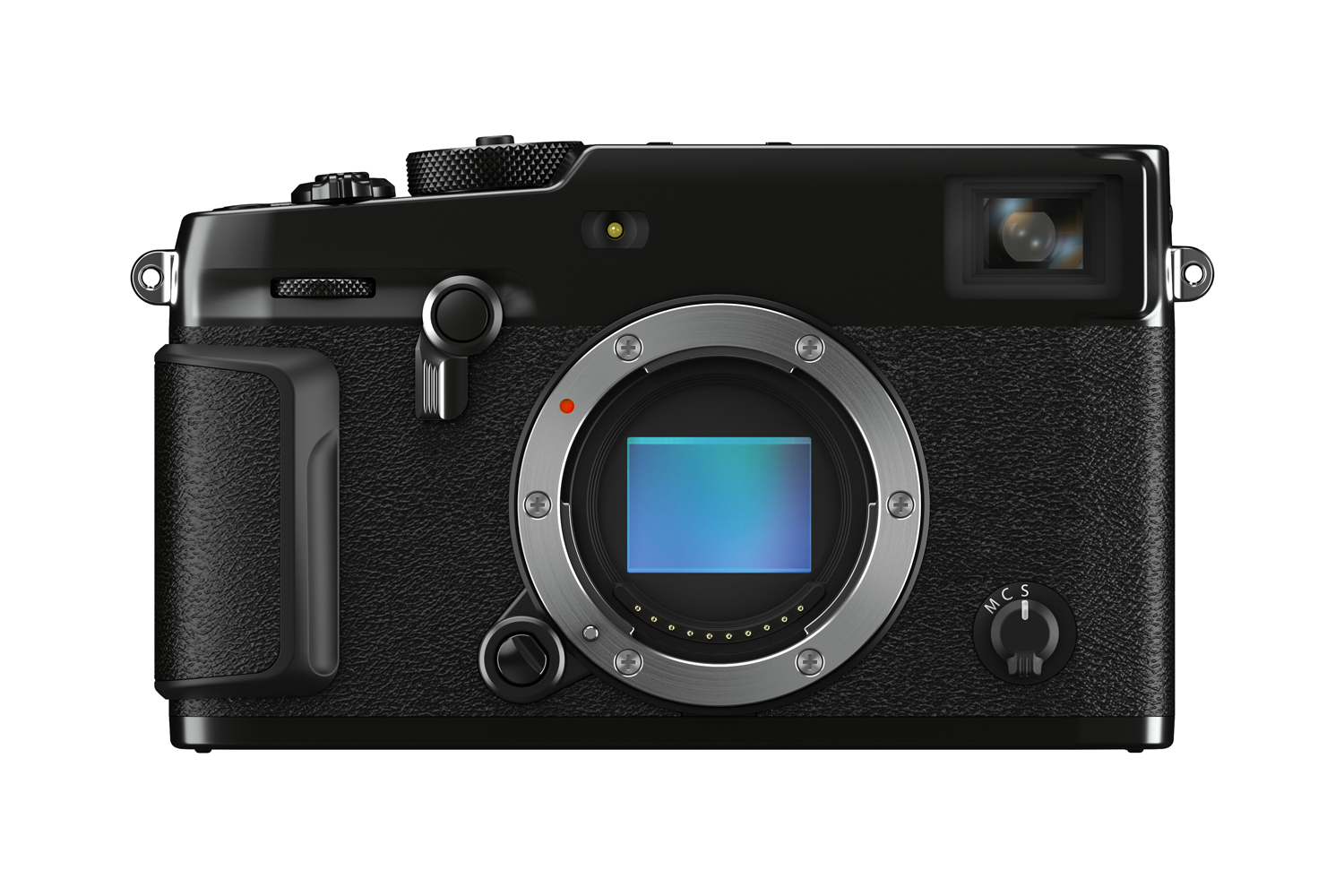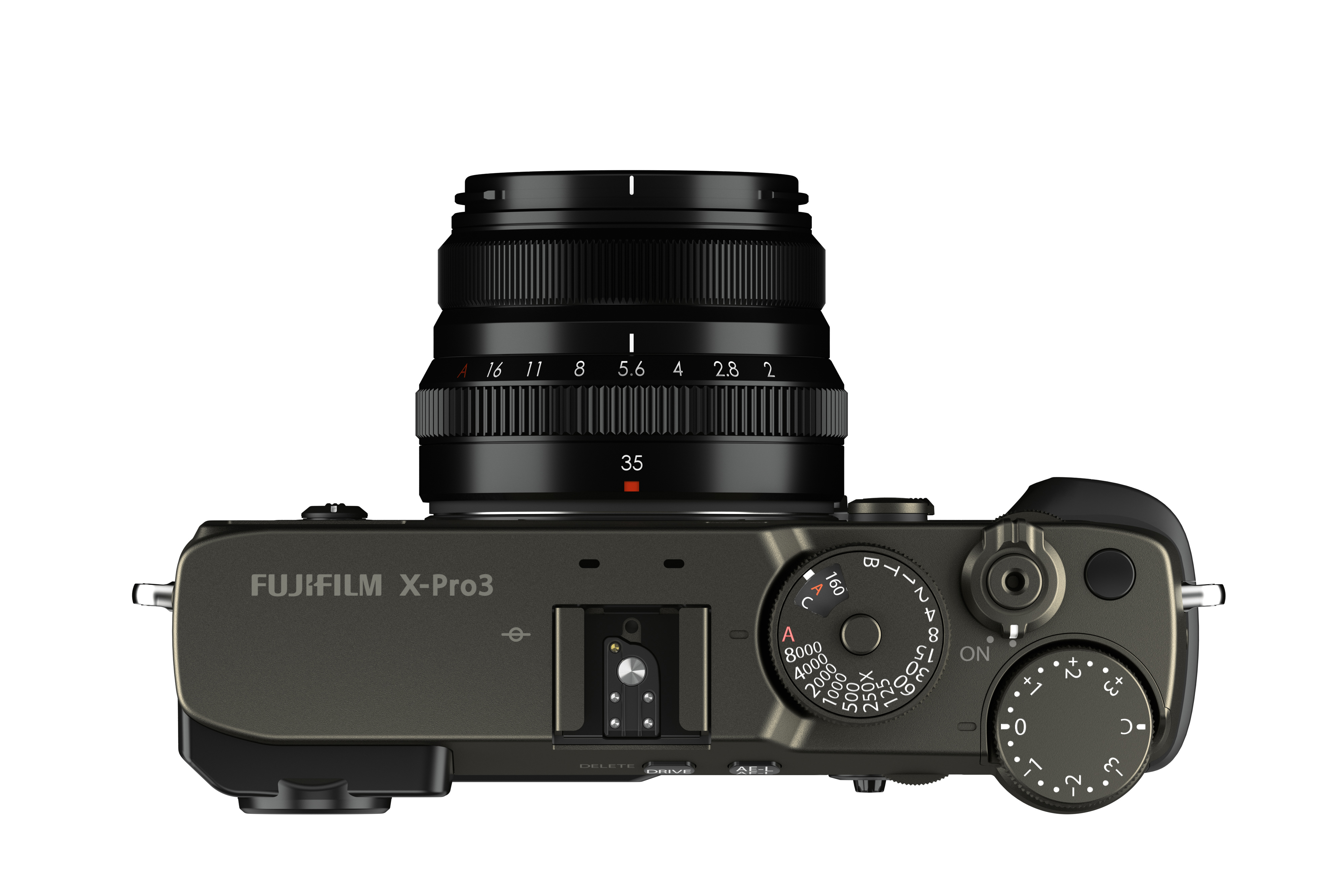The first thing you’ll notice about the new X-Pro3 isn’t what Fujifilm has added, but rather what it has appeared to take away. At first glance, it seems the street photography-focused mirrorless camera has no rear LCD monitor, replaced instead with a small display that shows the selected film simulation and exposure settings. In truth, the monitor is simply hidden on the reverse side of a fold-out panel on the back of the camera.
The apparent reason for this design is to free photographers from the urge to “chimp,” or to constantly check every photo on the back of the screen, and to keep their eyes focused on the scene in front of them. Combined with the hybrid optical/electronic viewfinder the X-Pro series is known for, the X-Pro3 brings a decidedly analog approach to digital photography, although it stops short of going the route of the Leica M-D and removing the LCD entirely. Whether or not Fujifilm’s approach works in practice remains to be seen, but it’s certainly a bold move that will only please a small niche of photographers.
The rest of the X-Pro3 looks very similar to the X-Pro2, but with the expected upgrades to the tech first introduced in the Fujifilm X-T3. That includes the 26-megapixel APS-C sensor and quad-core image processor. 4K video, in both 3,840 x 2,160 and 4,096 x 2,160 resolutions, is offered up to 30 frames per second at 200 megabits per second — not quite to the level of the X-T3, but probably more than enough for the X-Pro3’s target customer. The electronic portion of the viewfinder has also been bumped up to 3.69 million pixels.
Despite the internal similarities, the X-Pro3’s design further widens the gap between Fujifilm’s two X Series flagships, gaining an even narrower focus on street photography compared to the broader use cases for the X-T3. It also features top and base plates made from titanium.
Many cameras with articulating LCD screens allow the screen to be reversed, with its face against the back of the camera. Some photographers may wonder why Fujifilm simply didn’t opt for such a familiar design, which would have still allowed photographers easily distracted by an LCD screen to simply rotate it out of view. We haven’t had hands-on time with the camera yet, but look forward to testing out the new design to see how it affects the shooting experience.
The X-Pro3 will be priced at $1,800 for the standard black version, or $2,000 in either black or silver Duratect finish which offers superior scratch resistance.








